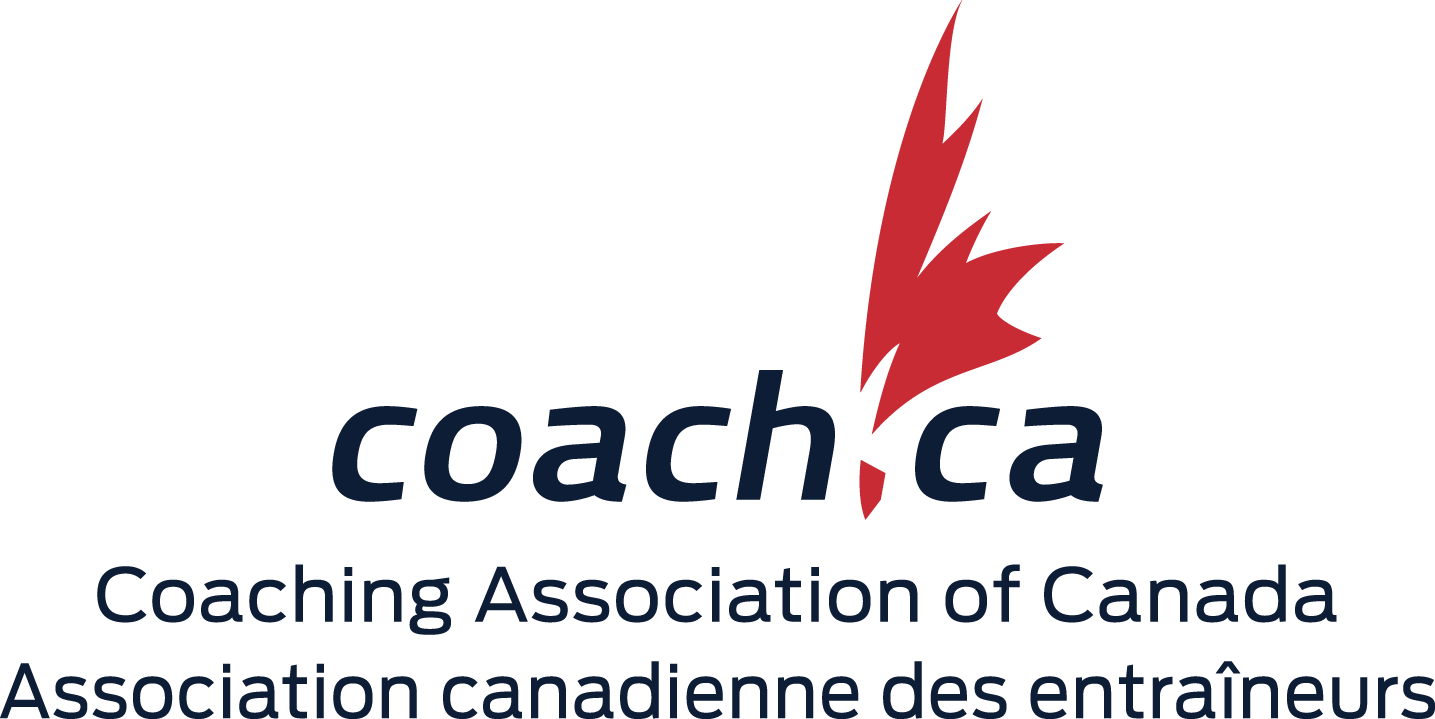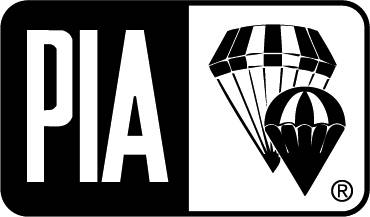Sport Canopy A
The SCE A primarily covers safety related information and basic survival skills in addition to and expanding on FJC and Solo canopy tasks. Coaches, instructors and novices should be using the downsizing chart in PIM 2B to guide the downsizing progression, along with the skills outlined in these endorsements. There is a checklist associated with each of the SCE’s to follow for the skills that need to be attained.
Signing off the SCE A states that the person has demonstrated enough skills and knows enough technical knowledge about canopies that they are now cleared to fly a canopy that would be considered a non-student canopy.
A novice's introduction to sport canopies is a crucial part of their survival training. One of the highest incidents of fatalities in the sport of parachuting in the past 10 years has been under a perfectly functioning canopy. It is important that coaches educate novice skydivers as early as possible, as these are the most formative moments of their skydiving career.
It is recommended that student / novice skydivers stay on rental gear from a dropzone (as long as the dropzone can facilitate this). They should use the downsizing chart to determine an appropriate size of canopy to fly until they have completed the SCE A, prior to considering purchasing their own gear.
Outlined below is a list of canopy control skills that a novice needs to be taught and have demonstrated. These skills are required to be signed off for the Sport Canopy “A” Endorsement required for the A CoP. Additionally, these are skills that should be done prior to and after downsizing.
- Conduct the “sweet spot” drill (above 2000 ft.)
- Demonstrate a 180º flat turn in both directions (above 2000 ft.)
- Demonstrate a 360º front riser turn (above 2000 ft.)
- Demonstrate a 360º rear riser turn (above 2000 ft.)
- Demonstrate a canopy stall and recovery with toggles (above 2000 ft.)
- Demonstrated a rear riser flare (above 2000 ft.)
- Demonstrate a canopy stall and recovery with rear risers (above 2000 ft.)
- Demonstrate harness turns of more than 90 degrees
- a) Demonstrate a crosswind landing in winds greater than 7mph
b) Demonstrate a landing in no wind conditions - Demonstrate low turn recovery (above 2000 ft.)





